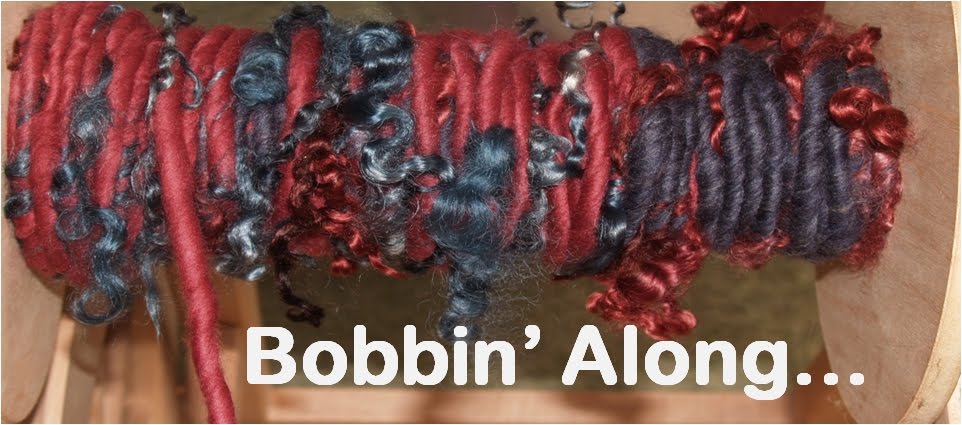As my Zoroastrian friend Shahin tells me each mid-winter: “Spring is coming!”. The famous last refrain of Shelley’s ‘Ode to the West Wind’: “If Winter comes, can Spring be far behind?” also comes much to mind as I walk about my garden in the short daylight hours of northern winters. Right now, the new solar year is just beginning. Winter’s flowers are already appearing, heralding spring to come, and inspiring a new dawn of colours in my anticipated new year spinning.
Already I have Jasminum nudiflorum in bloom, bringing its yellow sunshine to winter's gloom, and Clematis cirrhosa ‘Freckles’, the red-brown spotted winter evergreen Clematis. Even the wonderfully-scented Viburnum x bodnantense ‘Dawn’ has put in an early appearance. But my horticultural pride and joy is the first flowering ever in my garden of Chimonanthus praecox, or Winter Sweet, with its pale watery yellow translucent flowers and its heady scent, flowering just by my front door.
I was told these plants can take 20 years to flower from cuttings, but mine has had under 10 and it’s bursting with round expectant flower buds and blooms. It's a cutting taken from a Chimonanthus planted through Gertrude Jekyll’s influence on Hestercombe gardens in the west country. The colours of all these plants are subconsciously making their way into my fibre-filled baskets, awaiting my return to the spinning wheel after Christmas and the new year.
I was reminded of my gardening heroine Gertrude when sitting in London’s Wigmore Hall the other evening for a concert of early 20th century English music, generously facilitated by my warm-hearted brother Christian, listening to work by composers such as Peter Warlock. Although looking back to Irish roots, his setting of ‘The Curlew’ was totally haunting. As an adopted East Anglian, it brought winter in the Fens right into my imagination. Warlock and Jekyll were roughly contemporaneous, and shared a love of culture of the past which shaped the future of music (in his case) and garden design (in hers). I’m fascinated by all such connections, and their relationship to the continuous thread of life.
Looking to the future myself, I’ve just returned from a happy day passing on family recipes to my lovely daughter-in-law Susanna, and sharing a cup of Christmas cheer with my wonderful eldest son Rupert in London. If the turn of the solar year and Christmas is a time for anything, it’s for sharing. Sharing with family, and sharing with woolly-minded friends across the globe - namely all of you. Here’s wishing you all a blessed, peaceful and Merry Christmas, and looking forward to your company again here in the new year.
